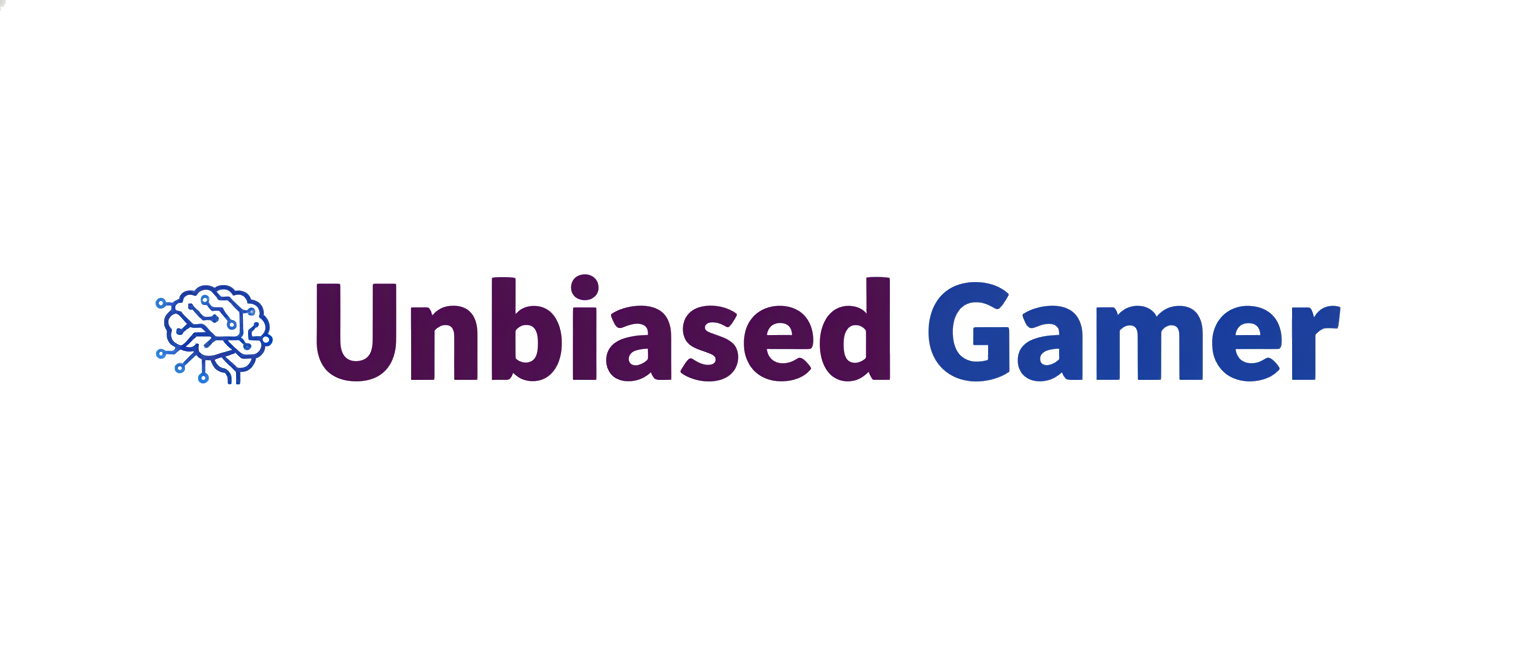Understanding the Shift: From Obfuscated to Open Code
For over a decade, Minecraft: Java Edition has stood as a titan in the world of PC Gaming, not just for its iconic blocky aesthetic and survival gameplay, but for its unparalleled modding scene. This vibrant ecosystem, a cornerstone of the Gaming Community, has allowed players to transform the game into anything from a complex factory simulation to a high-fantasy RPG. However, for just as long, modders have had to contend with a significant technical hurdle: code obfuscation. This practice is now being phased out, a monumental change that promises to redefine the future of Minecraft modding and development. This isn’t just minor Minecraft News; it’s a foundational shift that impacts everyone from seasoned developers to aspiring creators, carrying profound implications for creativity, security, and the very nature of community-driven game development.
In this article, we will delve deep into this technical transformation. We’ll explore what code obfuscation is and why it was used, analyze the immediate and long-term effects on the modding landscape, and dissect the complex relationship between this newfound transparency, game security, and the ongoing concerns around piracy. This change represents a new chapter for one of the most influential video games of all time, and understanding its nuances is key to appreciating the future of Minecraft and the broader culture of Game Mods.
What is Code Obfuscation?
At its core, code obfuscation is the process of intentionally making a program’s source code difficult for humans to read and understand without changing its functionality. Imagine taking a well-written novel and replacing every meaningful character name, location, and object with random, short letter combinations like ‘a1’, ‘b2’, and ‘c3’. The story would still progress in the same way, but comprehending the plot and character relationships would become an arduous task of reverse-engineering. In software development, this means renaming variables, methods, and classes from descriptive names like PlayerInventory or calculateFallDamage to cryptic ones like bwo or func_71502_a_. This is a common practice in the Gaming Industry, particularly for commercial software and AAA Games, to protect intellectual property.
Why Did Minecraft Use Obfuscation?
Mojang’s initial reasons for obfuscating Minecraft’s code were standard for the industry. Firstly, it served as a primary defense for their intellectual property, making it harder for competitors to copy game mechanics or assets. Secondly, it was a deterrent against piracy and cheating. By making the code a tangled mess, it raised the difficulty for those trying to create “cracked” clients or develop sophisticated cheats that exploit the game’s internal logic. This created a constant cat-and-mouse game where the modding community, in a heroic effort, would painstakingly map out the obfuscated code after every major update. Projects like the Mod Coder Pack (MCP) and, later, Yarn and Mojang’s own official mappings, were born out of the necessity to translate this cryptic code back into a human-readable format so that Game Development on mods could even begin.
The Significance of its Removal
The decision to remove this layer of obfuscation is a paradigm shift. Instead of shipping a scrambled version of the code that the community must then unscramble, Mojang is now providing the game with clear, logical, and human-readable names for its core components. This act fundamentally changes the relationship between the official developers and the community. It’s a gesture of trust and an acknowledgment of the modding community’s vital role in the game’s longevity. This move lowers the technical barrier to entry, democratizing the ability to understand and modify the game, and sets the stage for a new era of innovation.
The Ripple Effect: How De-Obfuscation Transforms the Modding Landscape

Video game modder coding – Godot 4 Multiplayer: Make Your Own Online Game | Udemy
The removal of obfuscation is poised to create a new golden age for Minecraft modding. The immediate and long-term benefits for developers, and by extension players, are immense, promising faster updates, greater stability, and a more collaborative environment. This change will likely spur a wave of creativity, affecting everything from small quality-of-life tweaks to massive, game-altering projects that could influence future Game Design trends.
Lowering the Barrier to Entry
Perhaps the most significant impact is the dramatic reduction in the initial learning curve for new modders. Previously, an aspiring developer’s first task was to navigate the complex world of mappings and de-obfuscation tools just to understand what a single line of code did. This hurdle deterred many potential creators. Now, anyone with a basic understanding of Java can open the game’s code and see clearly named classes like MinecraftServer or Villager. This transparency is an incredible educational tool, allowing developers to learn directly from the game’s source. This could inspire a new generation of programmers, much like how many in the Indie Games scene got their start by tinkering with simple game engines.
Real-World Scenario: Imagine a new modder wants to create a mod that makes pigs drop cooked pork chops if they die from fire. Before, they would have to search through community-generated documentation to find the obfuscated name for the pig entity’s “death event” and “loot table.” Now, they can likely find methods named something akin to onDeath and getLootTable directly in the code, making the entire process intuitive and orders of magnitude faster.
Faster Updates and Increased Stability
For players, one of the most frustrating parts of a new Minecraft update is the “modpocalypse”—the period where they must wait weeks or even months for their favorite mods to be updated. A major cause of this delay was the time it took for the community to reverse-engineer the new obfuscated code. With official, clear names provided from day one, developers of mod loaders like Fabric and NeoForge can adapt their APIs almost immediately. This means the entire modding ecosystem can transition to new game versions much more quickly. Furthermore, mods will become inherently more stable. Developers will no longer be building on community-approximated names that could be incorrect or change, but on a consistent, official foundation, reducing bugs and inter-mod conflicts.
Fostering Collaboration and Innovation
When everyone is speaking the same language, collaboration becomes seamless. With a unified, official set of code names, developers from different projects can more easily understand, integrate, and build upon each other’s work. This could lead to the creation of more ambitious, multi-faceted mods that were previously too complex to coordinate. We could see the rise of total-conversion mods that fundamentally alter the game into new genres, such as fully-featured RPG Games with complex skill trees or real-time Strategy Games played out on a Minecraft map. This level of deep modification, once the domain of only the most dedicated teams, is now more accessible than ever.
Beyond Modding: Security, Piracy, and the Path Forward
While the benefits for the modding community are clear, the move towards code transparency introduces a new set of challenges and considerations, particularly in the realms of security and piracy. This decision is not a step towards making Minecraft fully open-source, and understanding the distinction is crucial. The game’s future now hinges on balancing the power of community collaboration against the new risks that transparency brings.
The Double-Edged Sword of Transparency

A de-obfuscated codebase is a double-edged sword. On one hand, it empowers the “white hat” community—the thousands of ethical developers and players who can now more easily inspect the code for bugs, performance issues, and security vulnerabilities. This could lead to a more stable and secure game, as the community effectively becomes a massive, decentralized quality assurance team, reporting issues for Mojang to fix. On the other hand, it also empowers “black hat” actors. Cheat developers and exploit-seekers now have a clear roadmap to the game’s inner workings. Finding vulnerabilities to create hacks for FPS Games mechanics on PvP servers or developing exploits to crash servers becomes significantly easier. This puts more pressure on server administrators to employ robust anti-cheat and security plugins.
The Authentication Hurdle: Why This Isn’t Open Source
It’s vital to clarify a common misconception: de-obfuscation is not the same as going open-source. While the game’s client-side code is now readable, Minecraft is not free or open-source software. The critical piece of the puzzle is Mojang’s authentication infrastructure. To play the game, even on a private server, your game client must connect to Mojang’s (and by extension, Microsoft’s) servers to verify that you own a legitimate copy of Minecraft. This proprietary, server-side authentication is the primary gatekeeper against mass piracy. The business model remains intact. You are not being given the source code to compile and distribute freely; you are being given a clearer view into the product you have purchased. This is analogous to the ecosystems seen in other major gaming platforms, where news often revolves around the central authentication service, be it Steam News about its client or Epic Games News regarding its launcher.
Piracy Concerns in a De-Obfuscated World
While the authentication system is a strong defense, a transparent codebase does change the piracy landscape. It could make it easier for malicious developers to create more sophisticated “cracked” clients. These clients could potentially be engineered to better mimic the behavior of a legitimate client, attempting to find loopholes in the authentication process or enabling features that are normally server-verified. The battle against piracy will shift from breaking code obfuscation to focusing on network protocol analysis and bypassing server-side checks. Mojang will need to remain vigilant, continually strengthening its authentication protocols to stay ahead of these new, more sophisticated threats.
Navigating the New Landscape: What This Means for Players and Developers
This technical evolution requires a shift in mindset and practices for everyone in the Minecraft ecosystem. From aspiring modders to seasoned server administrators and casual players, understanding how to leverage the benefits while mitigating the risks is key to thriving in this new environment.

For Aspiring Mod Developers
- Tip: There has never been a better time to start learning to mod Minecraft. The barrier to entry is the lowest it has ever been. Dive into the now-readable code to understand how game mechanics work. Explore established modding toolchains like Fabric or NeoForge, whose documentation and tutorials will become even more powerful with a clear codebase to reference.
- Best Practice: Don’t just look for code to copy. Use the transparency to understand the underlying Game Design principles. Ask “why” a system is built the way it is. This deeper understanding will allow you to create more unique, stable, and creative mods that truly enhance the game.
For Server Administrators
- Consideration: Security must become a top priority. With exploit development made easier, you can no longer rely on obscurity as a layer of defense. Invest in high-quality, actively maintained anti-cheat and server management plugins. This is a best practice across all online multiplayer games, from MMORPG News detailing server exploits to the constant battle against cheaters in Counter-Strike News.
- Best Practice: Stay relentlessly up-to-date. This includes not only the core Minecraft server software but also your server wrapper (like Paper or Spigot) and all of your plugins. A single outdated plugin can become a security vulnerability for your entire community.
For the Average Player
- Benefit: The most direct impact for you will be a more dynamic and responsive modding scene. Expect your favorite mods to be updated for new game versions faster than ever before. Prepare for a new wave of innovative and ambitious mods that push the boundaries of what’s possible in the game. Whether you’re using high-end Graphics Cards to run stunning shader packs or a modest Gaming Laptop, the performance and quality of mods are likely to improve.
- Actionable Insight: Continue to support the mod creators. While their technical work has been made easier in one respect, the creative effort, design, and long-term maintenance of a mod is still a monumental task. Your support, whether through feedback, bug reports, or donations, is what fuels the entire ecosystem.
Conclusion: A New Foundation for a Creative Universe
The removal of code obfuscation in Minecraft: Java Edition is far more than a simple technical update; it is a landmark decision that reaffirms the game’s commitment to its creative community. By trading obscurity for transparency, Mojang is empowering a new generation of modders, accelerating innovation, and ensuring the game’s core modding scene can evolve faster and more efficiently than ever before. This move massively benefits the Game Mods ecosystem by lowering the barrier to entry and fostering collaboration.
However, this newfound openness is not without its challenges. It necessitates a greater focus on security from both developers and server administrators, as the same transparency that aids modders can also assist those with malicious intent. The delicate balance between empowering creativity and preventing exploitation will define the next chapter of the game’s life. Ultimately, this change is a bold vote of confidence in the maturity and collaborative spirit of the Minecraft Gaming Community, solidifying Java Edition’s legacy not just as a game, but as an enduring platform for limitless creativity in the ever-expanding world of PC Gaming.











